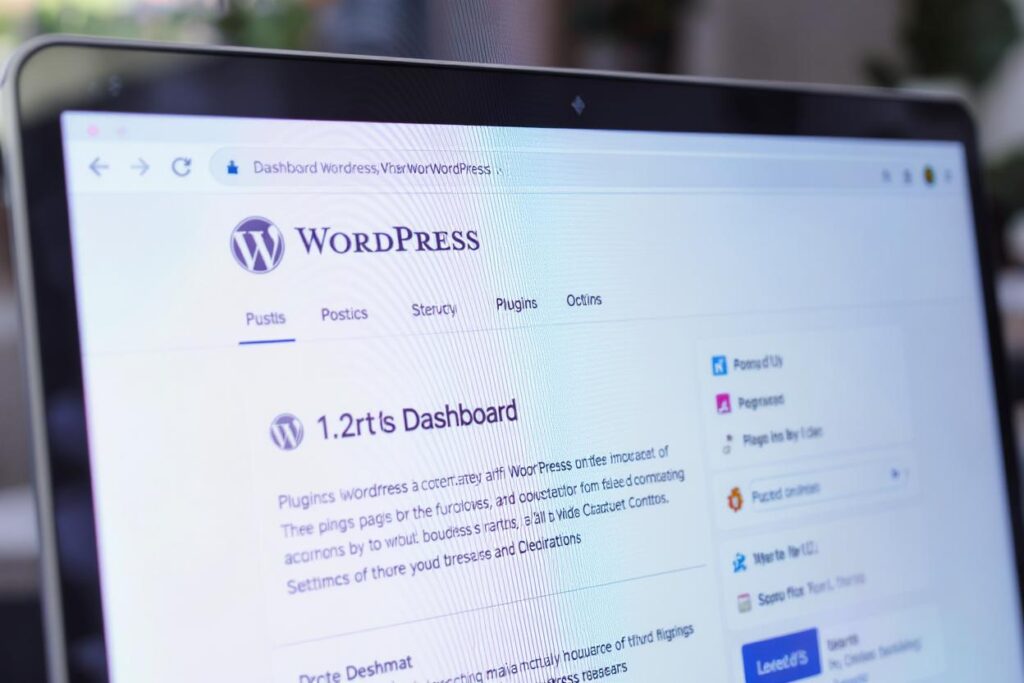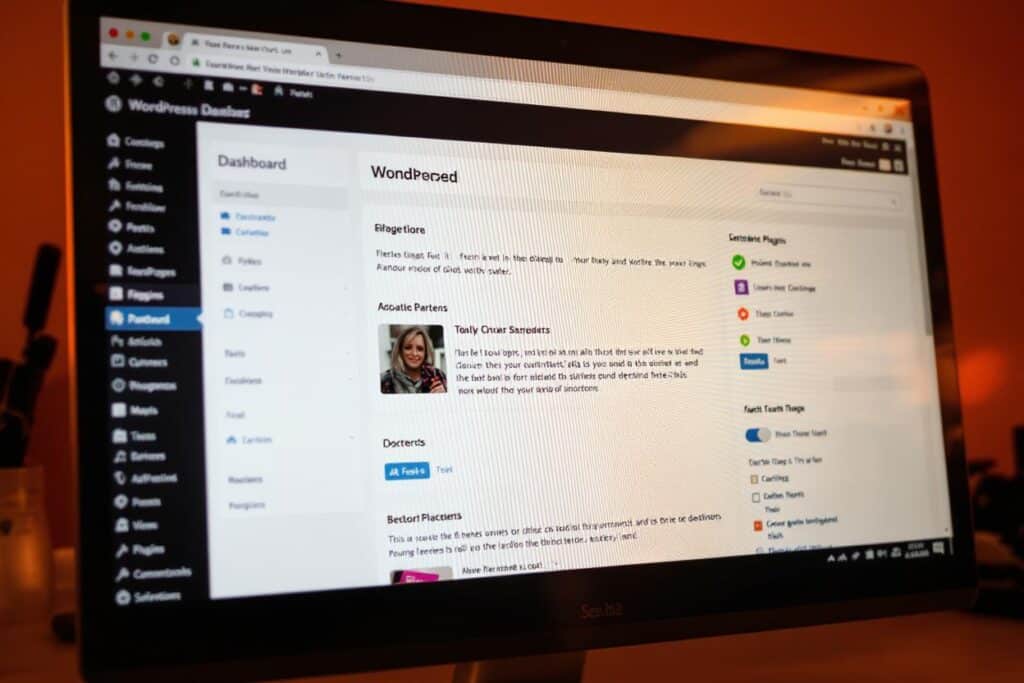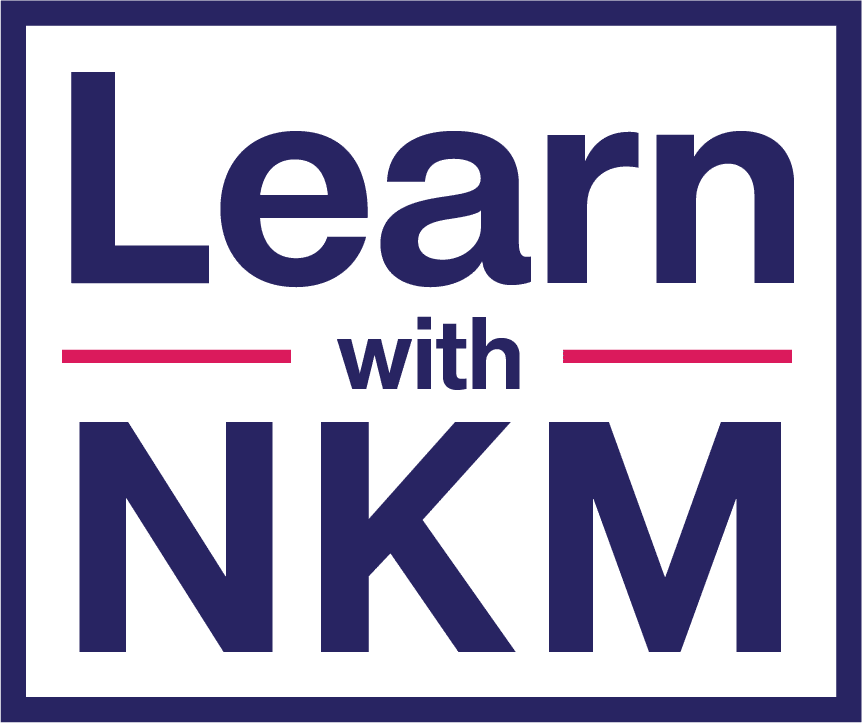“I began my online journey with a free WordPress theme, no coding knowledge, and a huge dream. Today, I operate two successful ventures — NKM Digital and Design IQ — and it all started with WordPress.”
— Nilesh, Founder of NKM Digital
Table of Contents
Why WordPress is the Best Place to Begin
If you’re a student, freelancer, or someone who’s ever fantasized about creating your own business, the realm of websites can be overwhelming.
HTML? CSS? JavaScript? Hosting? Servers? What’s even all that?
Here’s the real deal: you don’t have to be a coder to create powerful websites — no longer. That’s where WordPress is here to help.
I began with knowing not a single line of code. But I was determined to create something. I went with WordPress. It was a couple of late nights, a lot of Googling, and a lot of coffee, but within a matter of weeks, I landed my first client — and my first paycheck.
Today, I want to assist you with the same.
This blog is a full beginner’s guide to learning WordPress. What it is, why it’s ideal for you, and how to begin today.

What is WordPress? (Basics of WordPress)
WordPress is a free and open-source content management system (CMS) powering over 43% of all websites on the internet. It enables you to build websites without having to code from scratch.
Whether you wish to create:
- A blog
- A portfolio
- An eCommerce site
- A business site
- Or even a social platform
WordPress makes it possible.
And not only for beginners. Some of the biggest brands in the world such as TechCrunch, Sony Music, and BBC America use WordPress.
But what makes it special for freelancers and students?
Let’s break that down.
WordPress.com vs WordPress.org – What’s the Difference?
There are two versions of WordPress:
- Hosted platform (like Wix or Blogger)
- X No need to buy hosting or domain separately
- Limited control and customization unless you pay
2. WordPress.org (The Real WordPress)
- Self-hosted: You host it on your hosting server
- 100% free and open-source
- You have full control, full customization, and can even monetize it freely
| Feature | WordPress.com | WordPress.org |
| Hosting | Included | You host it yourself |
| Domain | Subdomain (free) or custom | Custom domain only |
| Custom Themes | Limited unless paid | Unlimited |
| Plugins | Not allowed unless paid | Full plugin access |
| Monetization | Restricted | Fully allowed |
My recommendation:
If you’re serious about learning web design, go with WordPress.org. It’s how I started NKM Digital and it teaches you real website building skills.
Why WordPress is Ideal for Beginners
There are many website builders out there — Wix, Squarespace, Webflow, Framer — and each has its place.
But for absolute beginners who want to learn and grow, WordPress has some unbeatable advantages:
- Free to use
- No coding required
- Unlimited themes and layouts
- Thousands of plugins (addons)
- Excellent for SEO and blogging
- Large community support
- Simple to scale from little site to full business
“When we began providing web design services at Design IQ, WordPress assisted us in finishing scores of projects cheaply and with speed. Clients adore it, and it’s simple to manage.”

How to Set Up Your First WordPress Website (Step-by-Step)
Let’s be practical. Here’s precisely how you can create your own WordPress website today:
Step 1: Purchase Domain and Hosting
I suggest starting with:
- Hostinger (cheap and easy for beginners)
- Bluehost (official WP partner)
- SiteGround (high-end performance)
Select a starter plan and register your domain (e.g., yourname.com).
Step 2: Install WordPress One-Click
Most hosts provide “1-click install.”
You will have a WordPress login link such as yourname.com/wp-admin.
Step 3: Log into the WordPress Dashboard
Log in, and you’ll see the WordPress admin panel — your command center.
This is where you’ll manage pages, posts, plugins, themes, and settings.
Step 4: Choose a Theme
Go to Appearance → Themes → Add New
Start with:
- Astra
- Kadence
- Hello Elementor
All are fast, responsive, and customizable.
Step 5: Install Essential Plugins
Go to Plugins → Add New, and install:
- Elementor: Drag-and-drop builder
- WPForms: Create contact forms
- Rank Math or Yoast: SEO optimization
- UpdraftPlus: Back up your site
- LiteSpeed Cache: Speed up
Step 6: Add Your Website Pages
Begin with:
- Home
- About
- Services or Blog
- Contact
Customize with Elementor or block editor.
Step 7: Launch!
Press “Publish” — and your first WordPress site is live.
???? You’re now a website maker!
Learning the WordPress Dashboard
Let’s crack the code of what you see in your admin panel:
- Posts: Blog posts
- Pages: Static pages (Home, About, etc.)
- Media: Images and videos
- Appearance: Themes and appearance
- Plugins: Add new features
- Settings: General configuration
Don’t worry about clicking around. You won’t hurt anything. That’s how you’ll learn.
Must-Have Plugins for Beginners
These are some plugin recommendations from our agency toolkit:
| Plugin | Use |
| Elementor | Drag-and-drop website builder |
| WPForms | Contact forms |
| Rank Math | SEO optimization |
| UpdraftPlus | Backup & restore |
| LiteSpeed Cache | Speed & performance |
Plugins are like apps for your website but don’t overload. Keep it to the basics.
Free vs Paid Themes: Which One is Right for You?
Free Themes: Perfect for beginners. You can create good websites with themes such as Astra, Kadence, or Neve.
Paid Themes: Provide more design capabilities, support, and customization. Worth it when you begin building client sites.
Tip: Use free themes while learning. Upgrade when you need more control or functionality.

Most Common Mistakes Beginners Make (and How to Avoid Them)
I’ve made these errors so you don’t have to:
❌ Too many plugins installed = Slow site
❌ Not being responsive to mobile
❌ Not establishing backups
❌ Utilizing cheap/unreliable hosting
❌ Not having SSL security on the site
Begin slowly, test regularly, and seek assistance when you get stuck.
Actual Projects You Can Create With WordPress
Following are 6 projects that you can create to practice and even earn money:
- Your Personal Blog: Share Your Story
- Portfolio Site: Display Your Work (if you are a designer or developer)
- Small Business Site: Take a local store online
- Commerce Store: Sell products with WooCommerce
- Affiliate Blog: Promote tools and get paid commission
- Agency Site: Exactly what we created with Design IQ
These projects not only develop your skills but they also develop your resume and earnings as well.
How I Used WordPress to Grow My Freelance Career
Let me tell you something personal.
When I began on Fiverr, my initial WordPress job raked in ₹5,000. I was so anxious that I triple-checked each button on the platform before handing it over.
But soon enough, I figured out:
- How to use Elementor like a pro
- How to optimize speed and SEO
- How to explain WordPress in simple words to clients
Later, I established Design IQ — a design studio that provides bespoke WordPress solutions. I’ve developed 100+ websites and taught dozens of students.
And if I can do it, beginning on a laptop in my bedroom, you can too.
Related Article: Top 10 Must-Have WordPress Plugins in 2025
Start Your WordPress Journey Today
Here’s what I want you to remember:
✅ WordPress is powerful, beginner-friendly, and free
✅ You don’t need to be a coder to create professional websites
✅ Start with a small site, build your skills, and grow into a freelancer or agency founder
Don’t overthink it. Launch your first site. Break it. Fix it. Learn. Grow.
If you’re stuck, I’m here to help.

